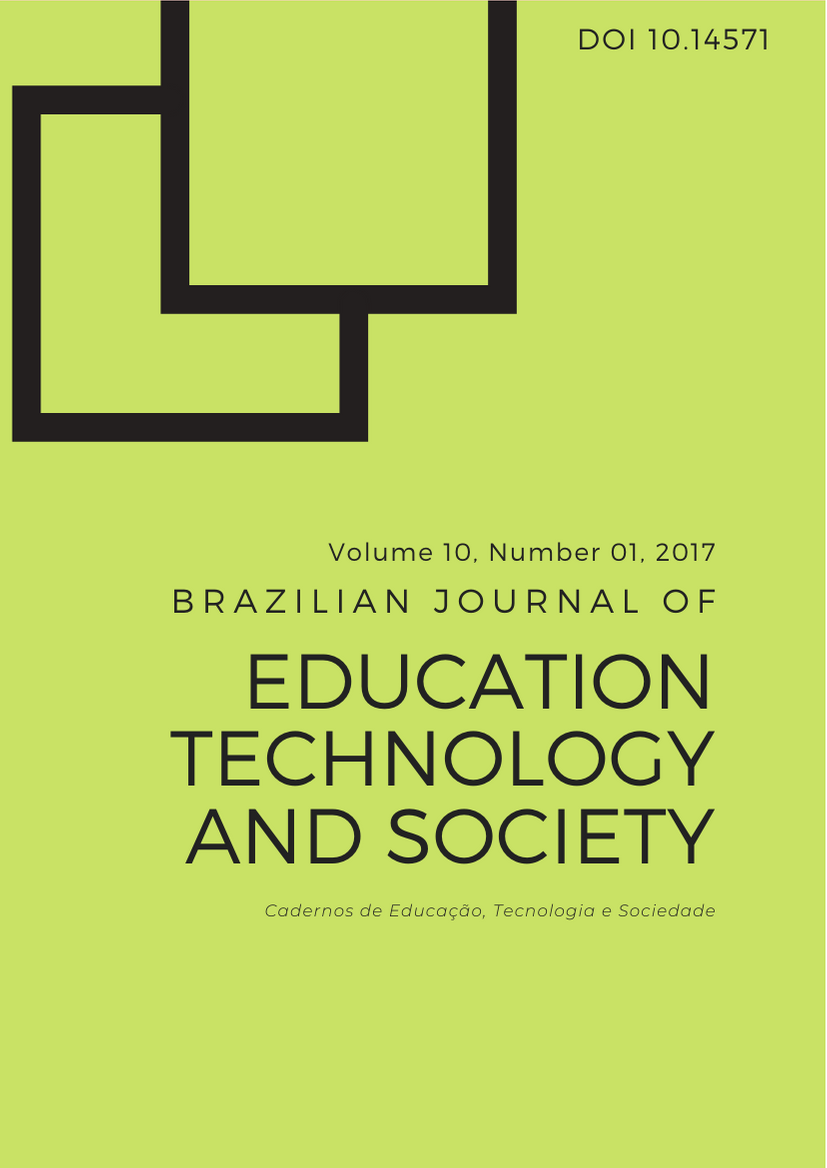EDUCATIONAL INFRASTRUCTURE IN MEXICO, 2000-2015
DOI:
https://doi.org/10.14571/cets.v10.n1.63-74Abstract
The Human Capital theory assumes that a greater investment in education is positively correlated to a greater future income, being a key factor for economic and social development. These assumptions are contrasted with educational policies in Mexico in the period 2000-2015 in high school and higher education through: spending, enrollment, teachers, educable population and infrastructure variables. These variables are used to explain the contradictions between the natural growth of the population with subsequent educational demand and inadequate public response, compounded by the economic crisis affecting the most vulnerable social sectors. In addition to a growing increase of young people between 15 and 29 years of age who are not involved in academic or work activities.References
Alonzo, M. (1996). CrÃtica a la teorÃa del capital humano. V Jornadas de economÃa crÃtica, Santiago de Compostela.
Banco Mundial (2007), Informe sobre el desarrollo mundial: El desarrollo y la siguiente generación. Washington, D.C.
Becker, G. S. (1983). El capital humano. Un análisis teórico y empÃrico referido
Downloads
Published
16-03-2017
Issue
Section
Qualitative Research in Education, Technology and Society
License
The BRAJETS follows the policy for Open Access Journals, provides immediate and free access to its content, following the principle that making scientific knowledge freely available to the public supports a greater global exchange of knowledge and provides more international democratization of knowledge. Therefore, no fees apply, whether for submission, evaluation, publication, viewing or downloading of articles. In this sense, the authors who publish in this journal agree with the following terms: A) The authors retain the copyright and grant the journal the right to first publication, with the work simultaneously licensed under the Creative Commons Attribution License (CC BY), allowing the sharing of the work with recognition of the authorship of the work and initial publication in this journal. B) Authors are authorized to distribute non-exclusively the version of the work published in this journal (eg, publish in the institutional and non-institutional repository, as well as a book chapter), with acknowledgment of authorship and initial publication in this journal. C) Authors are encouraged to publish and distribute their work online (eg, online repositories or on their personal page), as well as to increase the impact and citation of the published work.How to Cite
Montenegro, J. L., & Caudillo, G. A. (2017). EDUCATIONAL INFRASTRUCTURE IN MEXICO, 2000-2015. Cadernos De Educação Tecnologia E Sociedade, 10(1), 63-74. https://doi.org/10.14571/cets.v10.n1.63-74


